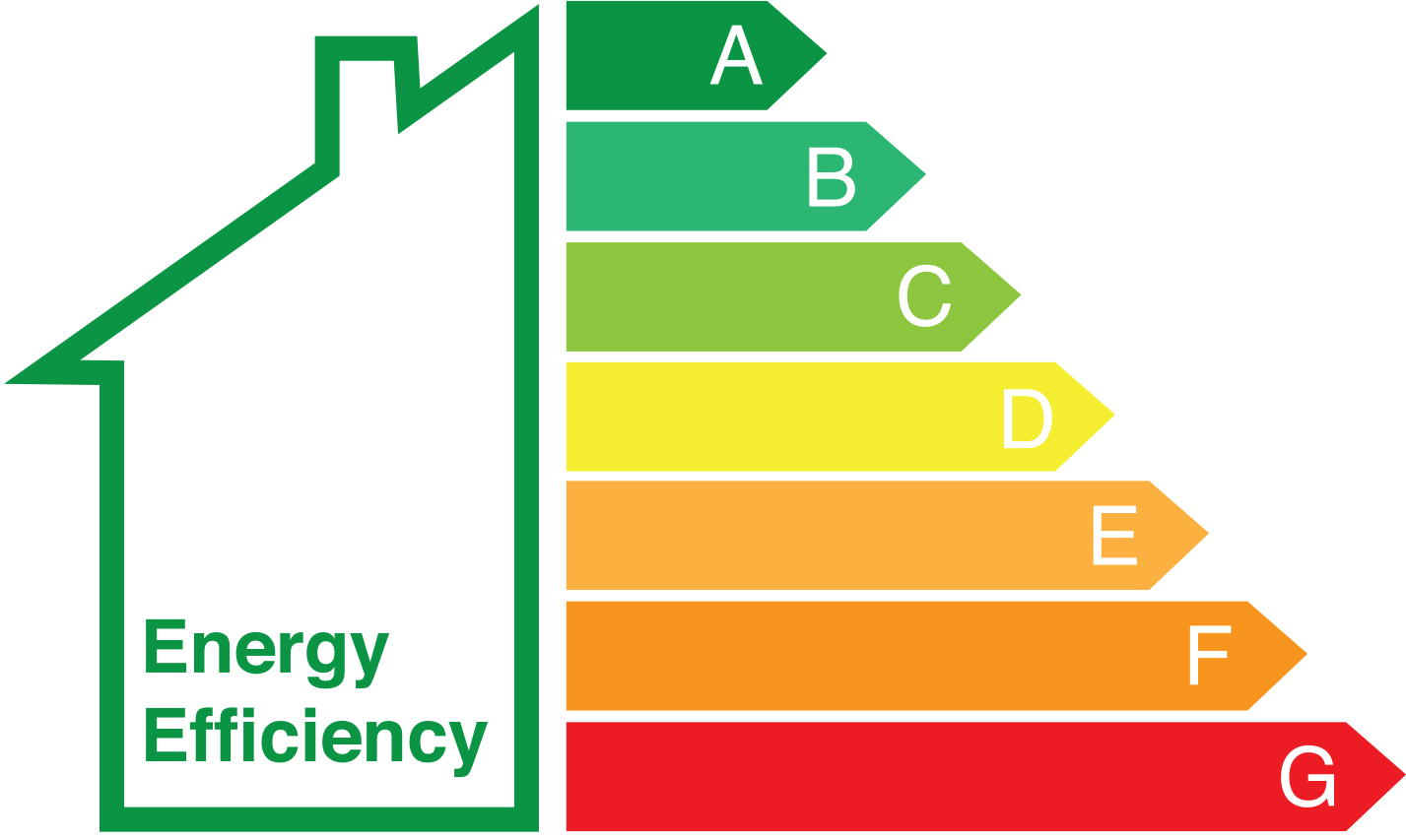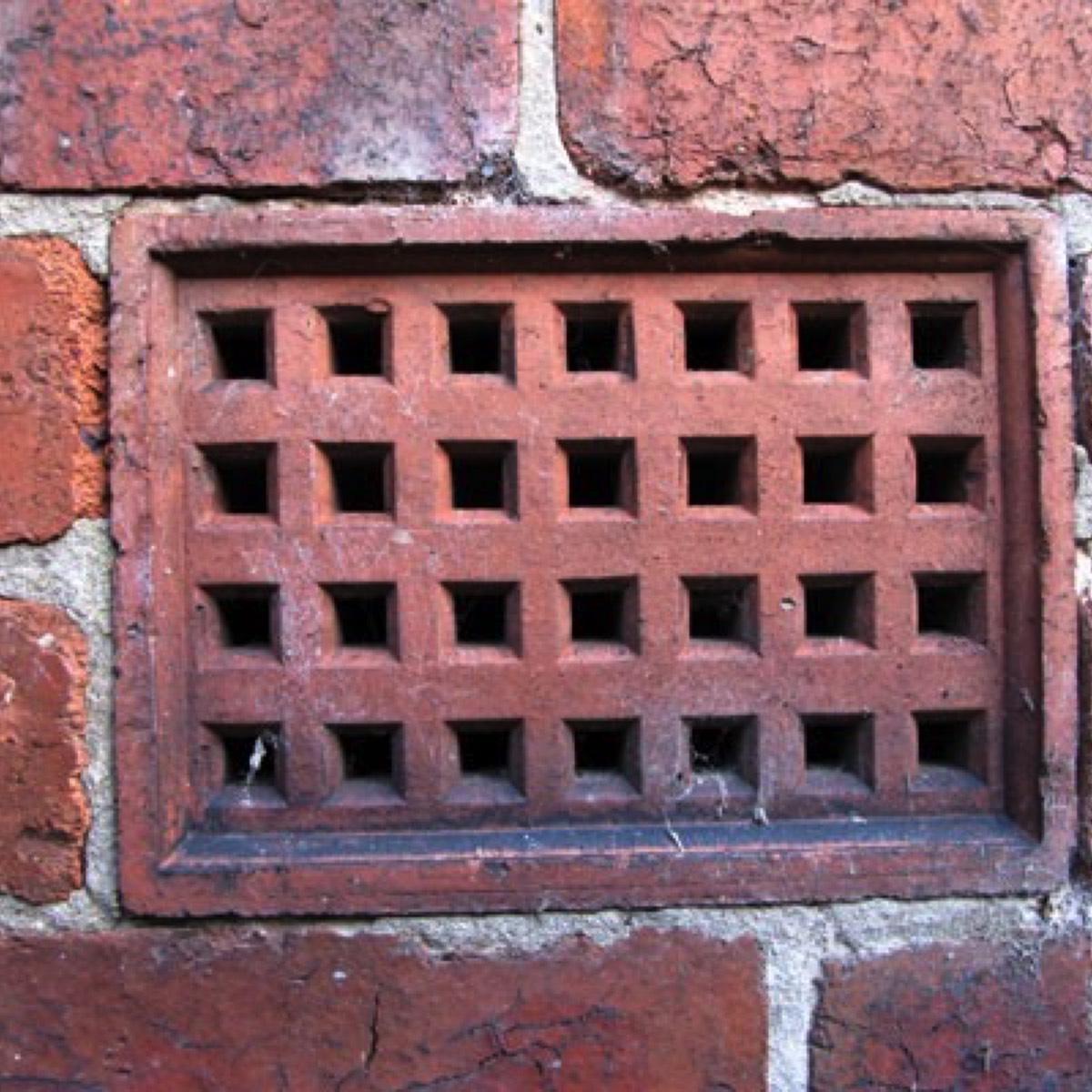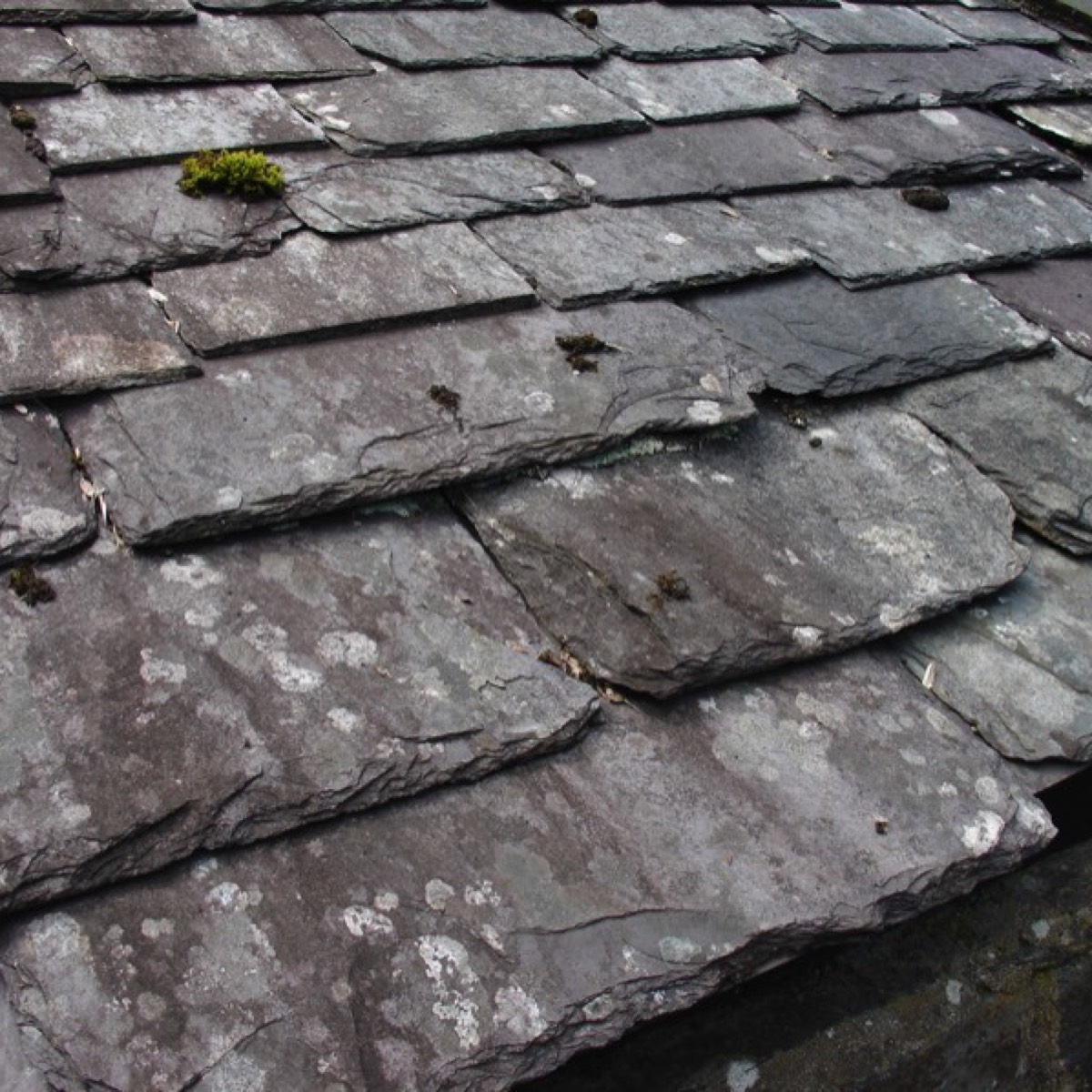Energy Performance Certificates

Introduction to EPCs
These were introduced in 2007 and have to be undertaken when a domestic dwelling is sold or rented. The property then doesn’t legally need another EPC until the original is 10 years old, (and only then if it’s being sold or rented) no matter how many times it’s sold or rented during that period.
There is nothing to stop you ordering another EPC though, if you upgrade the property.
EPC’s measure a property’s energy efficiency and environmental impact (its annual CO² emission). The intention is to give purchasers or tenants this information before
they buy or rent.
The above info is given initially in the form of a simple bar graph followed by more details on the assumed cost per annum of supplying heating, lighting and hot water to the property. Later details of the property’s basic elements are outlined (how efficient are its walls, windows, heating controls, etc) This is followed by recommendations stating how the energy costs can be reduced.
A really efficient “normal” property built very recently will have a score in the low eighties. (e.g. not built by a conservation team for some TV programme or other).
The maximum is 100. A score of 1 is not unheard of!
Energy Performance Certificate Process
In order to provide an EPC, an assessor must visit the property and measure virtually everything from loft to cellar. If he can't access a particular room (there may be a person in bed) or the loft, the process will continue, the report will still be produced but it will be flawed.
He notes all of the following, relevant to each property, plus several other things as well!
Age
Age of any extensions
Type (house, flat, bungalow)
Size
Position
Roof insulation
Wall insulation
Any "different" wall types
Floor insulation
"Roof room" age and insulation
Window type (and age)
Type of heating inc. water heating and fuel used
Open chimneys
Low energy lights
Conservatory type
This can take up to 45 minutes in a "normal house", much longer in a large or complicated one. If you have had an inspection that lasted 15 minutes, check where the assessor tied up his horse, your roses may benefit at least!
The data collected is analysed by computer software and processed relative to a country wide "fixed" set of statistics. The assessor has no input whatsoever regarding the outcome, other than to collect and enter the information he has observed, accurately.
So, it’s the stuff he can’t see which can cause problems. For instance, a property with cavity wall insulation scores higher than one without. “Newish” houses (1980’s onwards), are all built with it, the software knows that but the amount of insulation differs with age. Newish properties are sometimes difficult to date, so that info. is vital and the householder is the best person to ask and a verbal answer is all that is necessary.
Older cavity wall properties were built with no insulation. However, many of these have had it injected retrospectively. This is often obvious to the assessor because the injection holes, even though filled in, are visible. If however you have had the house pointed or rendered and this evidence is now gone, you will have to prove that the cavity is filled, by showing relevant documentary evidence.
Documentary evidence is also required for the age of any loft conversion, or insulation fitted retrospectively under the floor, or internally behind dry lining, or externally behind cladding, or in flat roofs.
If the double glazing was fitted during or after 2002 (when it was improved a great deal and therefore will give you a better score) and there is no date on the “inside” of the glass, then documentary evidence of its age should also be produced.
So, if the house is old but has been "upgraded" and is full of insulation, which cannot be seen and if there is no evidence produced, the assessor will enter “unknown” or “as built” and the software will assume a “worst case scenario” based on the original build date and it will miss out on a potentially good score.
Once finished, a report cannot be altered. A new report will have to be undertaken and this will be charged for. So, if you suddenly find the FENSA certificate for your windows don’t expect to get a new report without coughing up some more cash!
The report is not intended to be a definitive accurate analysis. It is best viewed as a helpful guide. If regarded this way, the very many anomalies and in some peoples view, apparent "downright stupidities" of some EPC results might be viewed more leniently!
For all job costs click on the appropriate section below:
www.buildingsheriff.com
Copyright The Building Sheriff Ltd 2017


